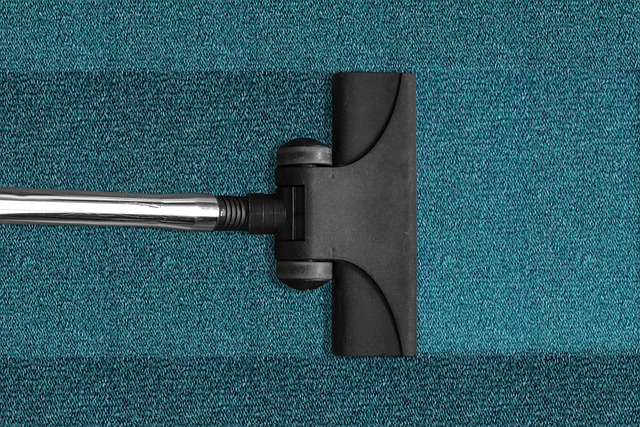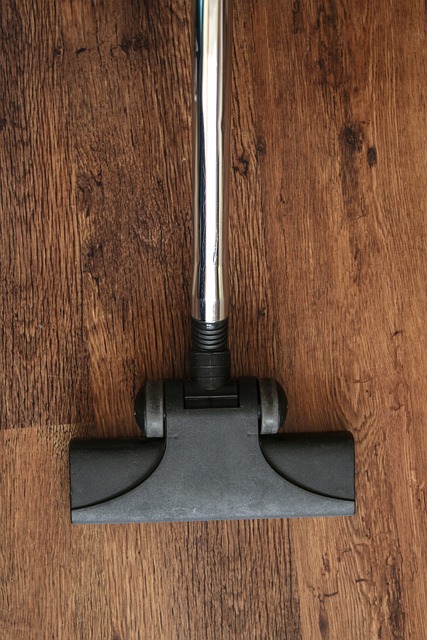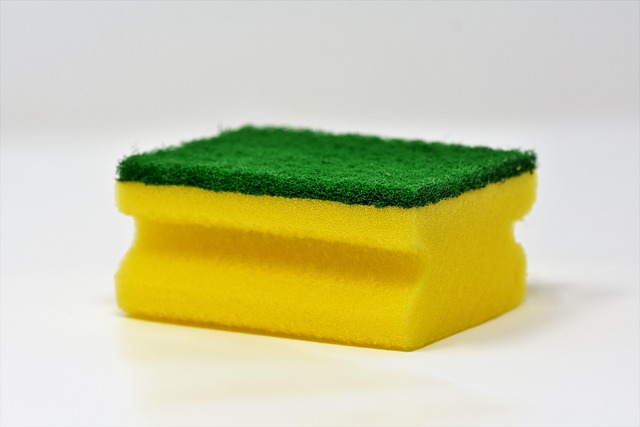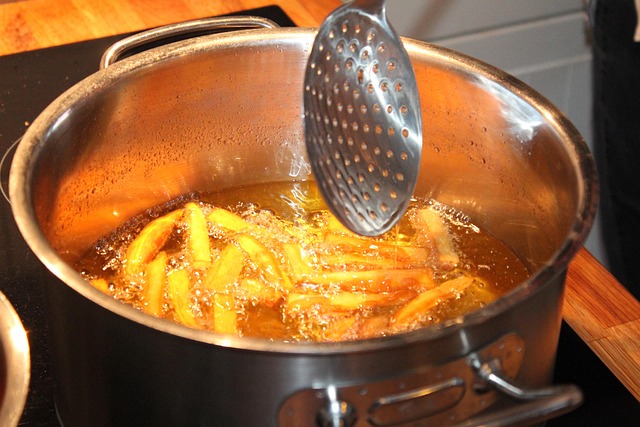Adopting eco-friendly deep cleaning practices offers a sustainable and safe alternative to traditional methods, utilizing natural products like vinegar, baking soda, and essential oils to eliminate pollutants and germs without toxic chemicals. This approach provides dual benefits: improved indoor air quality, reduced environmental impact, and a healthier home environment for families and pets. By choosing green cleaning products, using efficient tools like microfiber cloths and steam cleaners, and practicing responsible waste management, individuals can significantly contribute to cleaner ecosystems while maintaining a fresh and sanitary living space.
Looking to transform your cleaning routine while protecting the planet? Discover the power of eco-friendly deep cleaning with our comprehensive guide. Learn how going green isn’t just beneficial for the environment but also ensures a healthier home. We’ll explore everything from effective natural cleaning solutions and energy-efficient techniques to responsible waste management and pet-safe practices. Embrace a sustainable approach to deep cleaning and contribute to a greener future, one sparkling surface at a time.
Understanding Eco-Friendly Deep Cleaning: The Basics

Eco-friendly deep cleaning is a practice that focuses on eliminating pollutants and germs while minimizing the use of toxic chemicals. It involves a thorough and methodical approach to sanitizing spaces, ensuring health and safety without compromising environmental well-being. This method leverages natural products and non-toxic solutions, reducing the potential harm associated with conventional cleaning agents.
By adopting eco-friendly deep cleaning practices, individuals can contribute to a cleaner, healthier environment. It starts with selecting environmentally friendly cleaning supplies, such as vinegar, baking soda, and essential oils. These natural alternatives are not only effective but also biodegradable, ensuring that they don’t contribute to water pollution or harm ecosystems. Moreover, this approach promotes better air quality indoors by eliminating volatile organic compounds (VOCs) commonly found in commercial cleaning products.
Benefits of Going Green for a Thorough Clean

Adopting eco-friendly practices for deep cleaning offers numerous advantages, ensuring a healthier and more sustainable home environment. By choosing green cleaning products, you eliminate the use of harsh chemicals that can be detrimental to both your family’s health and the planet’s ecosystem. These conventional cleaners often contain toxic substances, which, when inhaled or ingested, may cause adverse effects, especially for children and pets. Green alternatives, on the other hand, are formulated with natural ingredients, making them safer and gentler on delicate surfaces and respiratory systems.
Moreover, going green supports a more sustainable lifestyle by reducing your carbon footprint. Many conventional cleaning products contribute to environmental pollution during manufacturing and disposal. Eco-friendly options, however, are designed with minimal packaging and biodegradable components, ensuring that your cleaning routine aligns with environmentally conscious practices. This shift towards sustainability not only benefits the planet but also provides peace of mind, knowing that your daily tasks contribute to a healthier, more balanced world.
Essential Tools and Products for an Eco-Conscious Cleanup

When it’s time for a deep cleaning, opting for eco-friendly tools and products is both kind to the planet and your home. Bidet shower heads, for instance, offer a powerful yet water-efficient alternative to traditional cleaning methods. These innovations reduce water consumption without sacrificing cleanliness. Similarly, look for natural, non-toxic cleaners like baking soda, vinegar, and castile soap, which are versatile and safe for both people and the environment.
Reusable microfiber cloths and bristles replace single-use paper towels and plastic brushes, cutting down on waste. These durable alternatives can be washed and used again, reducing your environmental footprint. Additionally, consider investing in a high-quality vacuum cleaner with HEPA filters to capture allergens and pollutants, ensuring a healthier living space without harmful chemicals.
Creating a Sustainable Deep Cleaning Routine at Home

Creating a sustainable deep cleaning routine at home involves making eco-conscious choices that benefit both your family and the planet. Start by gathering non-toxic, natural cleaning products. Many mainstream cleaners contain harsh chemicals that can be harmful to both health and the environment. Opt for plant-based alternatives instead, which are effective yet gentle on delicate surfaces and safe for inhalation.
Incorporate regular deep cleaning sessions into your schedule. Focus on areas prone to dirt and grime, such as kitchens and bathrooms. Use reusable tools like microfiber cloths and broom heads to minimize waste. Additionally, consider using water-efficient methods where possible, like steam mopping instead of traditional floor cleaning, to reduce water consumption.
Natural Cleaning Solutions for Different Surfaces

When it comes to eco-friendly deep cleaning, one of the key aspects is transitioning to natural cleaning solutions that are safe for both your home and the environment. For deep cleaning, surfaces like countertops, floors, and walls require effective yet gentle cleansers. Citric acid, derived from citrus fruits, is a powerful yet natural agent for tackling tough stains and grime on kitchen counters and bathroom fixtures. Baking soda, another kitchen staple, acts as a mild abrasive and deodorizer, making it ideal for scrubbing away stubborn marks without leaving harsh residues.
For floors, considering options like vinegar or essential oils can make a significant difference. Vinegar’s acidity helps to dissolve mineral deposits and grease, while its antimicrobial properties make it suitable for disinfecting hard floors. Essential oils, when mixed with water, offer pleasant scents and natural antibacterial effects, perfect for refreshing living spaces. These simple, affordable alternatives not only support deep cleaning efforts but also contribute to a healthier indoor environment.
Energy-Efficient Methods for a Deeper Clean

In the quest for an eco-friendly deep cleaning routine, adopting energy-efficient methods is a game-changer. Traditional cleaning practices often rely on harsh chemicals and high-energy appliances, contributing to environmental strain. However, by opting for greener alternatives, you can achieve thorough cleanliness while reducing your ecological footprint. One such method is utilizing steam cleaners, which effectively eliminate germs and grime using only water and heat, cutting down on the need for toxic detergents.
Another innovative approach involves natural cleaning products, made from plant-based ingredients, that are gentle on both surfaces and the planet. These products not only minimize environmental impact but also offer a fresh, natural scent. Additionally, investing in high-quality, durable cleaning tools can extend their lifespan, reducing the need for frequent replacements. This simple switch to energy-efficient techniques ensures a deeper clean while preserving resources for future generations.
Recycling and Disposing of Waste Responsibly During Deep Cleaning

When engaging in deep cleaning, responsible waste management is an integral part of the eco-friendly process. As you declutter and clean, a significant amount of waste can accumulate, from plastic packaging to used cleaning products. The key is to recycle or dispose of this waste correctly to minimize environmental impact. Start by identifying recyclable items like cardboard boxes, paper products, and certain types of plastic. Many municipalities offer recycling programs with specific guidelines on what can be recycled; ensure you follow these to prevent contamination.
For non-recyclable items, consider composting organic waste if possible. Food scraps and yard trimmings can often be composted, reducing the amount sent to landfills. When it comes to cleaning products, opt for biodegradable or plant-based alternatives that are safer for both your home and the environment. Always check product labels for disposal instructions and consider recycling empty containers where applicable. Responsible waste management during deep cleaning is a simple yet powerful way to contribute to a cleaner, greener planet.
Child-Safe and Pet-Friendly Practices for Eco-Deep Cleaning

When it comes to eco-friendly deep cleaning, ensuring child and pet safety is paramount. Many traditional cleaning products contain harsh chemicals that can be harmful if ingested or come into contact with sensitive skin. Opting for non-toxic alternatives is a game-changer for safe, deep cleaning. Look for products labeled as “child-safe” and “pet-friendly,” which often use natural ingredients like essential oils, vinegar, and baking soda. These safer options not only protect your loved ones but also contribute to a healthier indoor environment, especially for those with allergies or respiratory issues.
To create a pet-friendly cleaning routine, consider specific challenges posed by furry friends. For instance, deep-cleaning high-traffic areas where pets spend time, using biodegradable solutions to tackle any mess. Regularly washing pet beds and toys with eco-friendly detergents can also help maintain a clean and safe space for your pets. By incorporating these practices into your deep cleaning regimen, you create a healthier home while minimizing potential risks associated with toxic chemicals.
Tips for Maintaining a Fresh, Clean Environment While Reducing Environmental Impact

Maintaining a fresh and clean living space while minimising your environmental footprint is achievable through simple yet effective deep cleaning practices. Start by decluttering; removing excess items not only creates a cleaner environment but also reduces the need for excessive cleaning products. Opt for natural, non-toxic cleaners made from eco-friendly ingredients to avoid harsh chemicals that can pollute the air and water sources.
Regularly vacuum and mop floors, focusing on high-traffic areas. Use microfiber cloths to dust surfaces, capturing allergens and dirt efficiently without leaving streaks or residue. Encourage good hygiene practices like regular handwashing and promptly cleaning up spills to prevent the buildup of grime and bacteria. Additionally, consider using reusable materials for cleaning, such as microfibre cloths, to cut down on single-use disposables.
